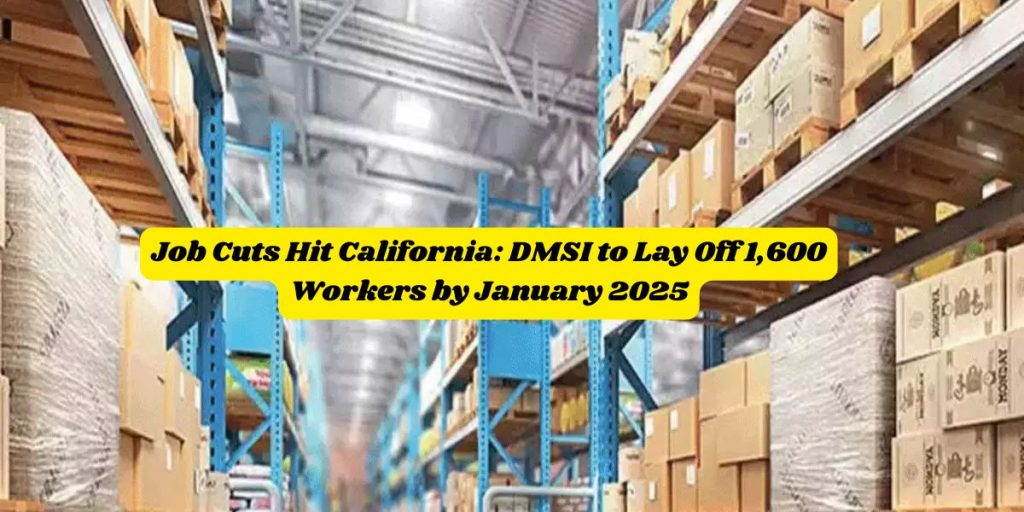California Industrial Staffing Agency DMSI to Lay Off Over 1,600 Workers
CALIFORNIA – Industrial staffing agency DMSI has announced plans to lay off more than 1,600 employees, with layoffs becoming effective on January 26, 2025.
The layoffs, reported to the California Employment Development Department (EDD), will affect workers at Ross distribution centers in Shafter, Moreno Valley, and Perris. The job cuts are part of a broader trend impacting the logistics industry across the United States.
Nationwide Logistics Job Cuts
The logistics sector has seen significant job reductions recently. According to Freight Waves, 2,402 job cuts were announced in November 2024 across seven states, including Arizona, California, Georgia, Illinois, Missouri, Ohio, and Texas.
These layoffs suggest a potential decrease in demand for logistics services or a shift in business strategies for managing staffing.
Additional California Logistics Layoffs
The WARN Act notice lists other logistics companies also planning job reductions:
- Mountain Valley Express: A regional less-than-truckload (LTL) freight carrier will lay off 74 employees across California in January.
- GXO Logistics Supply Chain Inc.: This company has already laid off 345 workers in San Bernardino County, with an additional 25 job cuts planned for February.
WARN Act Compliance
DMSI informed the EDD of its decision in November 2024, adhering to the Worker Adjustment and Retraining Notification (WARN) Act.
The WARN Act requires companies with 100 or more employees to provide a 60-day notice before any large-scale layoffs or plant closures. This rule aims to give affected employees time to prepare for job loss, seek new employment opportunities, or pursue retraining programs.
These layoffs mark another significant shift in the logistics industry, reflecting broader challenges faced by businesses and employees alike in an evolving economic landscape.





More Stories
Job Cuts Hit California: DMSI to Lay Off 1,600 Workers by January 2025
Job Cuts Hit California: DMSI to Lay Off 1,600 Workers by January 2025
Job Cuts Hit California: DMSI to Lay Off 1,600 Workers by January 2025